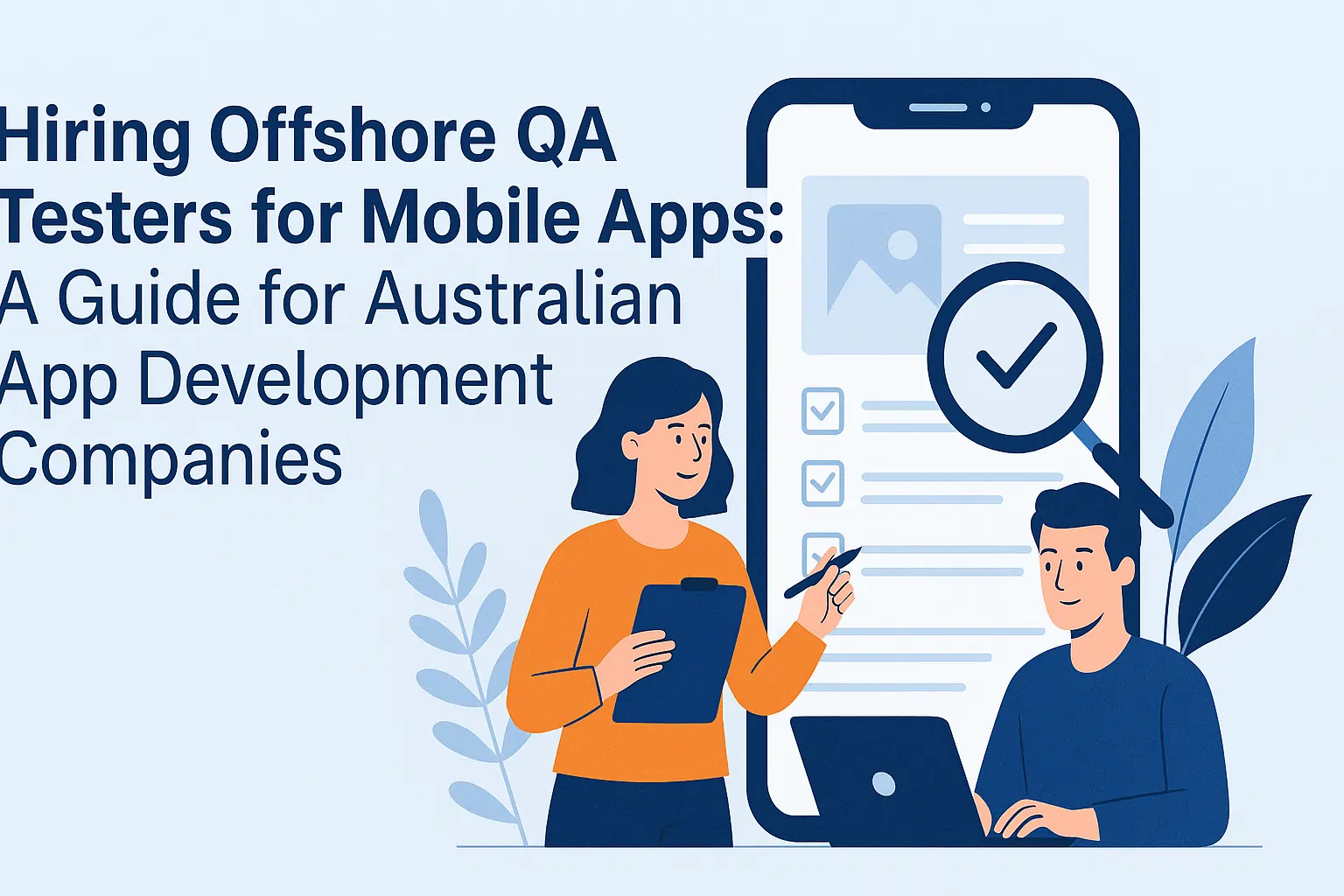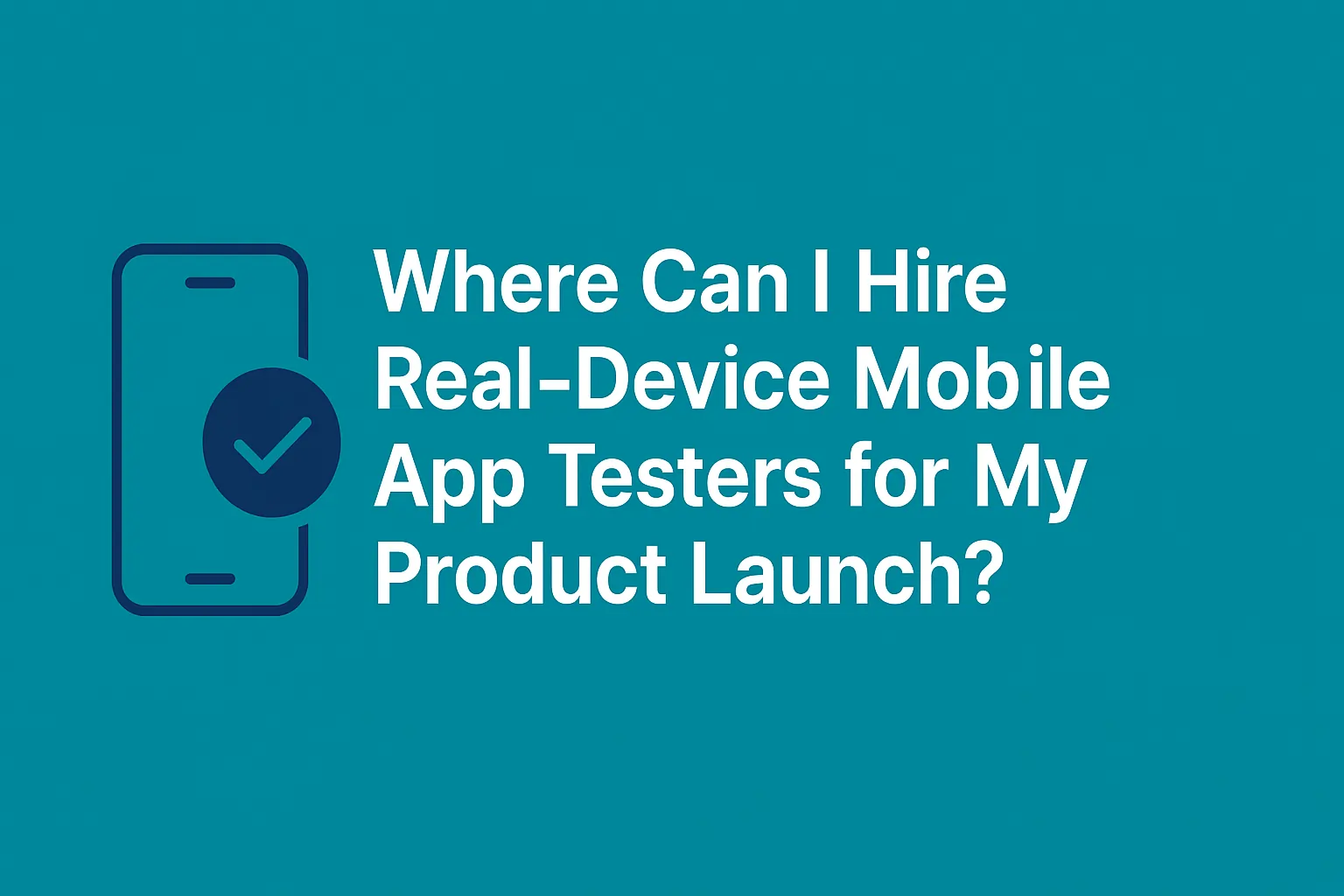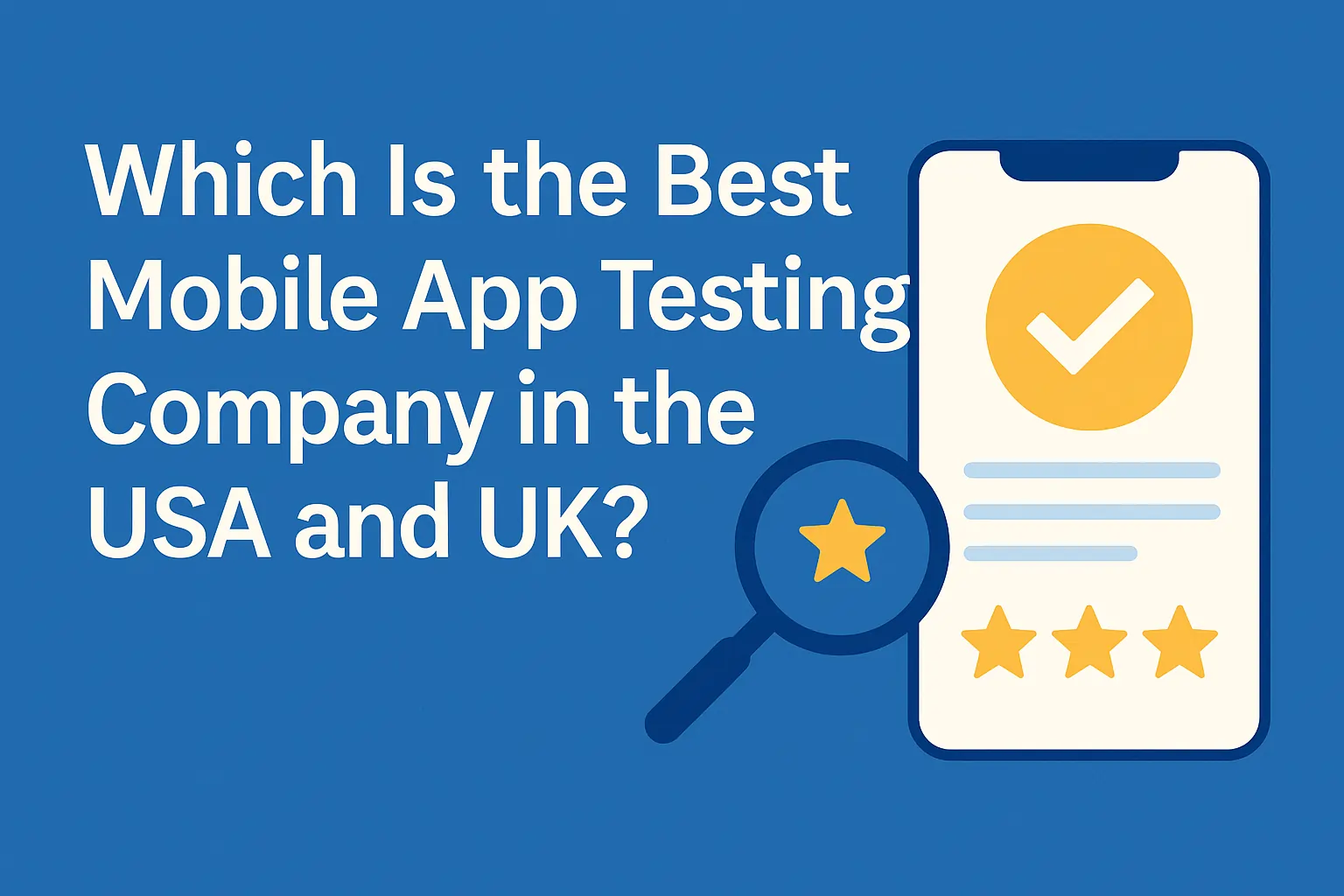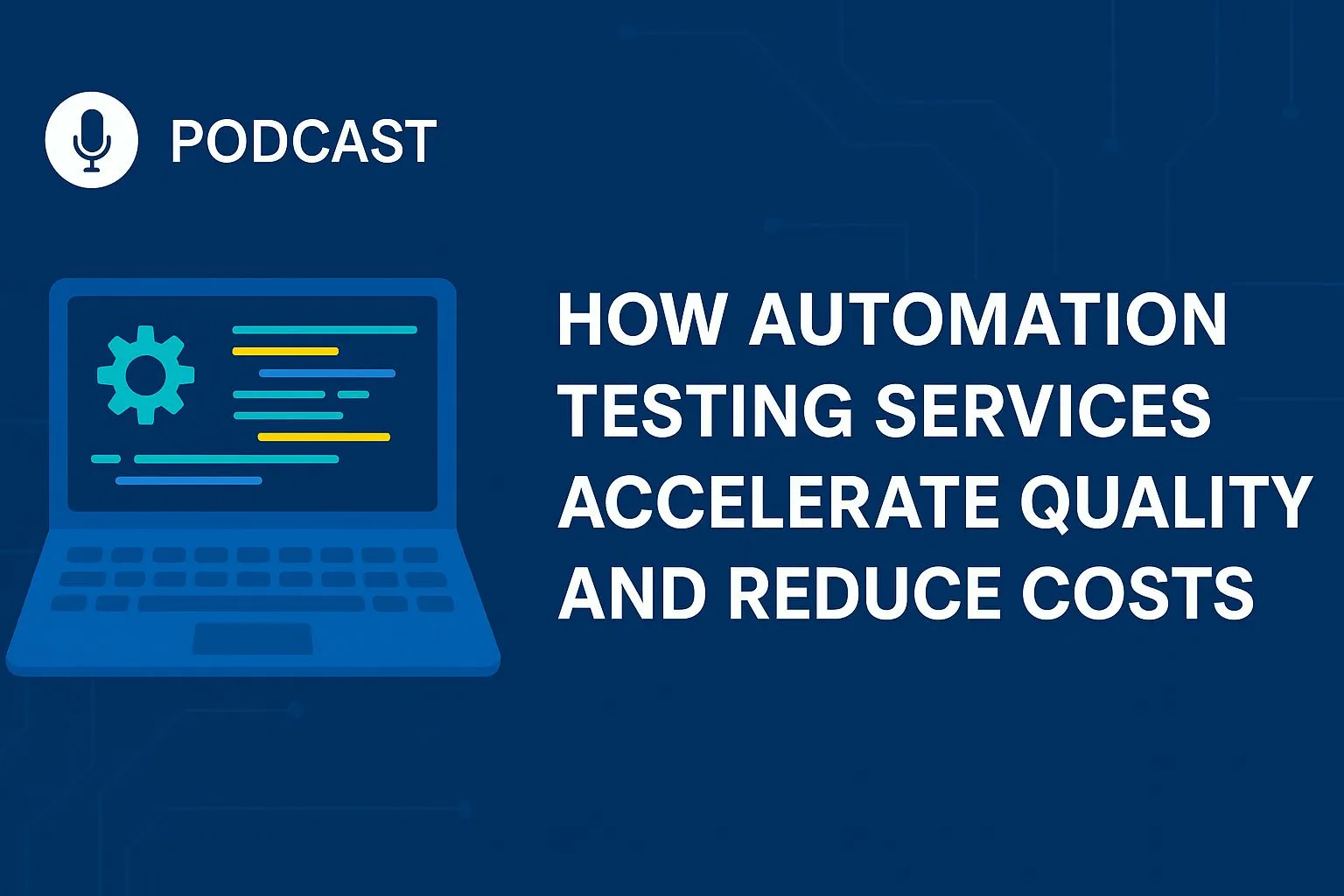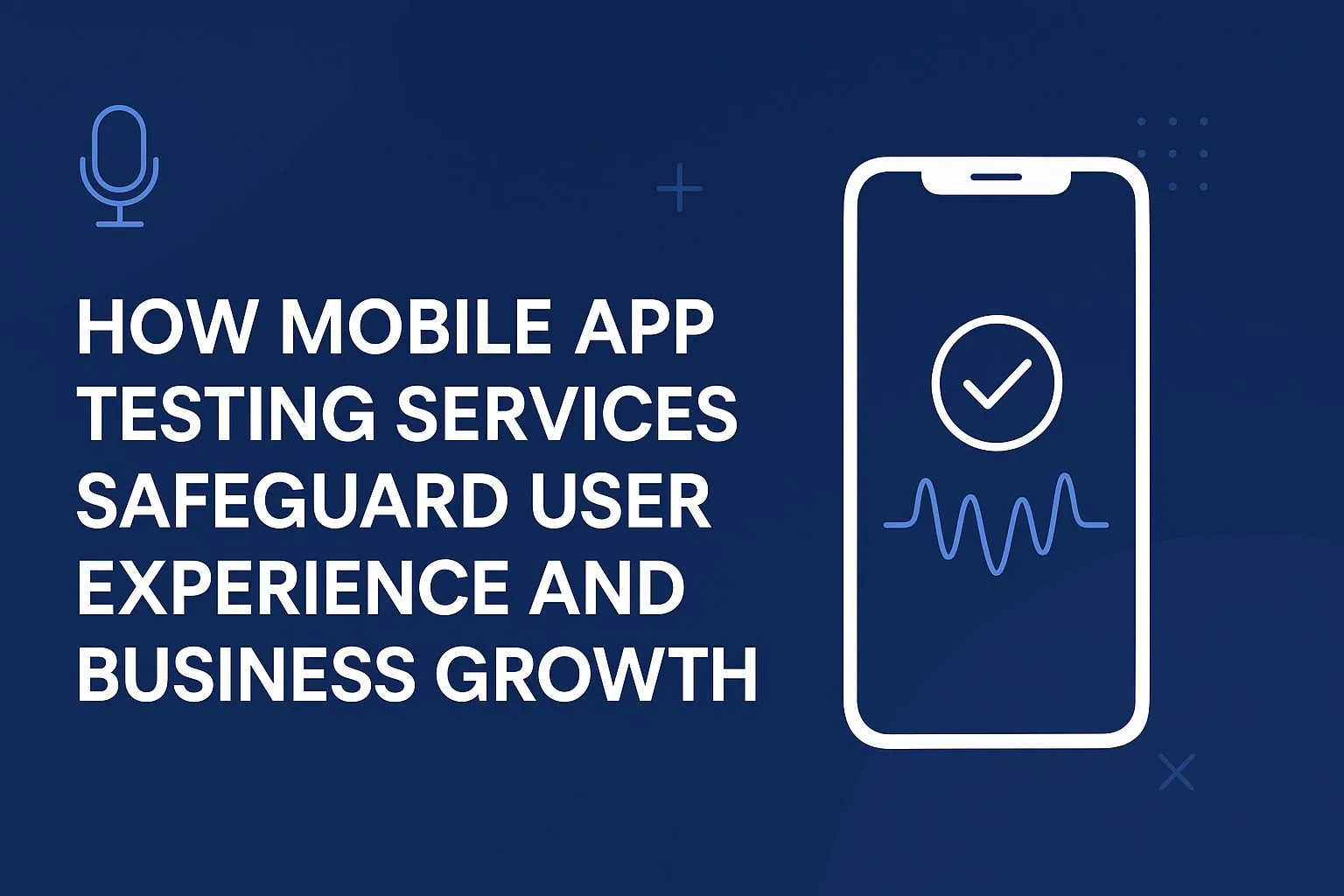Your App Works on Your Phone. But Will It Work on Theirs?
Why Real-World Mobile Testing Matters in 2025
You’ve built a sleek mobile app.
It runs perfectly on your team’s devices.
You’re ready to launch.
But then… the complaints start rolling in:
- “The checkout button doesn’t work on my phone.”
- “App crashes when I upload a photo.”
- “It’s laggy on my device.”
- “Why is the UI broken in dark mode?”
Sound familiar?
This isn’t bad luck — it’s bad QA. Specifically, incomplete mobile app testing.
In 2025, users expect apps to “just work” across hundreds of device, OS, and network combinations. If it doesn’t — they uninstall and move on.
At Testers HUB, we help businesses avoid these silent failures with real-device, high-coverage mobile app QA across iOS and Android.
🔥 The Hidden Cost of “It Works on My Phone” QA
Testing only on internal devices or emulators leads to:
- Missed layout breaks on smaller screens
- Crash-prone performance on older Android models
- iOS permission failures due to outdated privacy flows
- Inconsistent behavior under real network switching (WiFi → 4G → offline)
- App Store or Play Store rejections for guideline violations
And worst of all:
💸 Lost installs, churned users, and negative reviews that damage your launch momentum.
📲 The Real-World Testing Gaps Most Teams Miss
Here’s what we regularly see when teams come to us after things go wrong:
❌ 1. Testing only on high-end devices
A Pixel 8 or iPhone 15 may run your app fine — but what about a Galaxy A20 or iPhone SE?
Real users aren’t all using flagship phones.
❌ 2. Assuming WebView = Browser
In-app browsers often render HTML differently than mobile Safari or Chrome. Your links, forms, or tracking scripts may break silently.
❌ 3. Ignoring regional settings
Date pickers, number formats, right-to-left layouts — all these behave differently in localized devices. Your calendar might fail in UAE while working fine in the US.
❌ 4. Not testing app behavior during interruptions
What happens if a user gets a call, minimizes the app, then returns? We’ve seen:
- Broken camera uploads
- Reset forms
- Data loss
App crashes
✅ What Real-World Mobile App Testing Actually Looks Like
At Testers HUB, here’s how we prevent these issues:
📱 Device Matrix QA
We test on:
- iPhones (SE, 11–15), iPads
- Androids from Samsung, OnePlus, Xiaomi, Pixel
- Entry, mid, and high-end models
- Foldables and tablets
Real-world OS versions (iOS 15–17, Android 10–14)
🧪 iOS App Testing Services
- Dark mode, Face ID, iOS permissions
- Background activity and kill-switch testing
App Store compliance, crash logs, privacy prompts
🧪 Android App Testing Services
- Fragmentation coverage (screen sizes, custom skins like MIUI or OneUI)
- Battery optimization and background restrictions
Google Play compatibility testing
🚦 Network & Interrupt Testing
- WiFi-to-4G handoffs
- Poor signal simulation
- Push notification delivery during do-not-disturb
- Airplane mode and offline flows
📸 UI/UX Edge Case Testing
- Font scaling
- RTL layout support
- Dynamic theme compatibility
Layout rendering in split screen/multi-window modes
🧠 Real Use Case: Why a “Working” App Still Crashed in Production
Client: Health tracking app (US-based, Android and iOS)
Problem: App crashed during onboarding for 5% of users
Root Cause: Crash happened only on Android 12 when biometric prompt appeared during background data sync
How We Fixed It: Replicated on real Samsung and Pixel devices running Android 12. Coordinated with devs to separate threads for auth + sync.
Impact:
✅ Crashes dropped to <0.2%
✅ Improved Play Store rating from 3.9 to 4.5 within 2 weeks
📋 Our Mobile QA Coverage Checklist (2025)
| QA Focus | Key Areas |
| Functional QA | Login, onboarding, settings, payments |
| iOS QA | Permissions, App Store readiness, Face ID, UX |
| Android QA | Background tasks, screen sizes, Play Store prep |
| Network QA | Signal changes, offline flows, sync handling |
| UX QA | Button tap zones, font scale, layout shifts |
| Device QA | 20+ physical devices tested, not just emulators |
💼 Why Work With Testers HUB?
- ✅ Real-device testing across 20+ phones and tablets
- ✅ Manual + automation support
- ✅ Same-day testing reports with screenshots & video logs
- ✅ Test cases + exploratory testing
- ✅ Retesting after bug fixes
- ✅ Affordable packages for startups and product teams
💬 FAQs
Q: We already tested in-house. Why outsource QA?
A: In-house teams test what they built — we test what users will break. That’s the difference.
Q: How fast can you start?
A: Within 24–48 hours. We offer flexible scheduling for launches and beta programs.
Q: Do you support automation too?
A: Yes. We set up and maintain frameworks using Appium, Espresso, and XCUITest.
🚀 Final Thoughts
In 2025, building a great app isn’t enough. You need to test it like real users use it — on all their weird devices, in messy conditions, across unpredictable networks.
Because your app doesn’t live in a perfect dev environment — it lives in the real world.
At Testers HUB, that’s where we test it.


